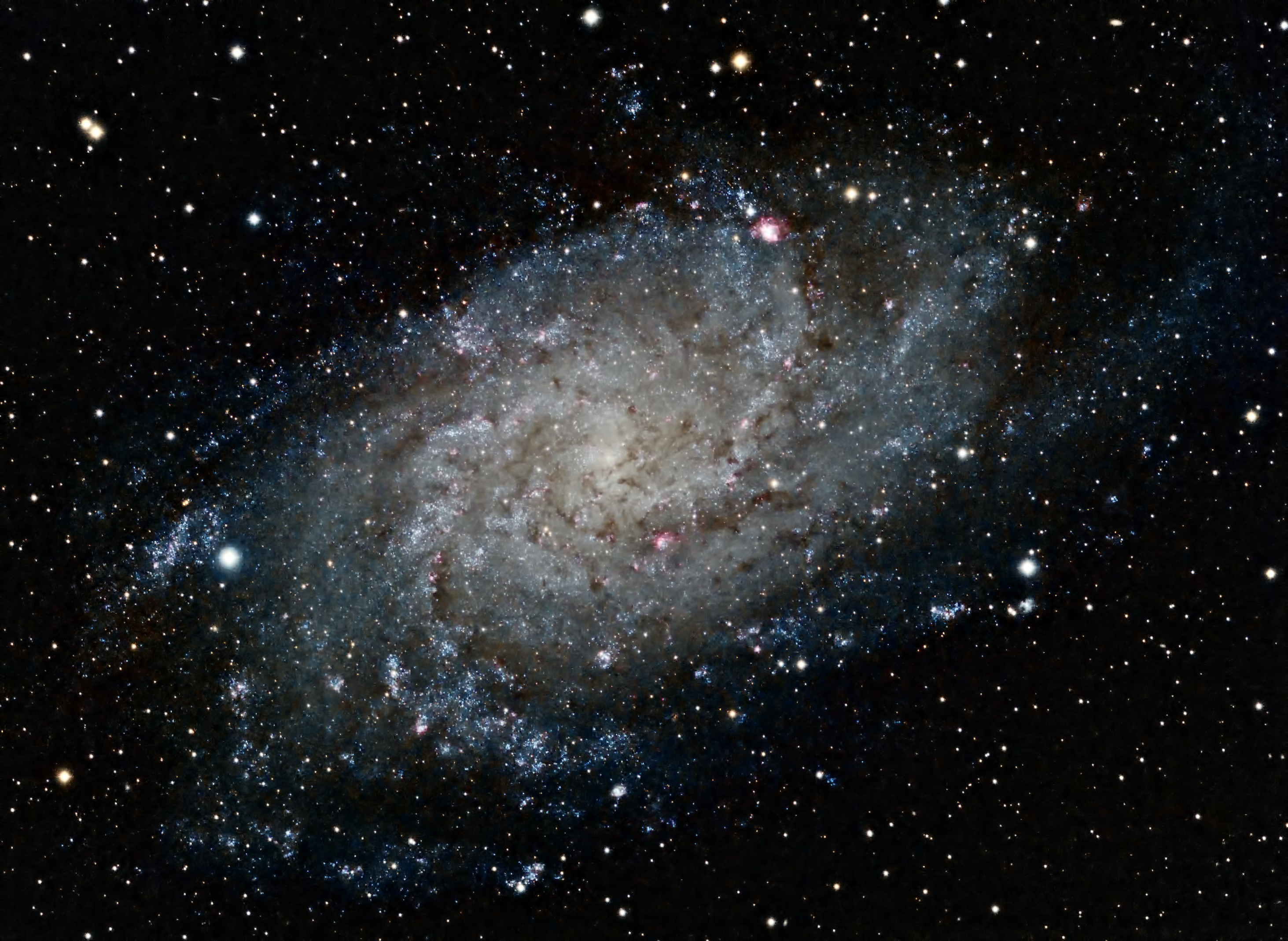
Similar Posts
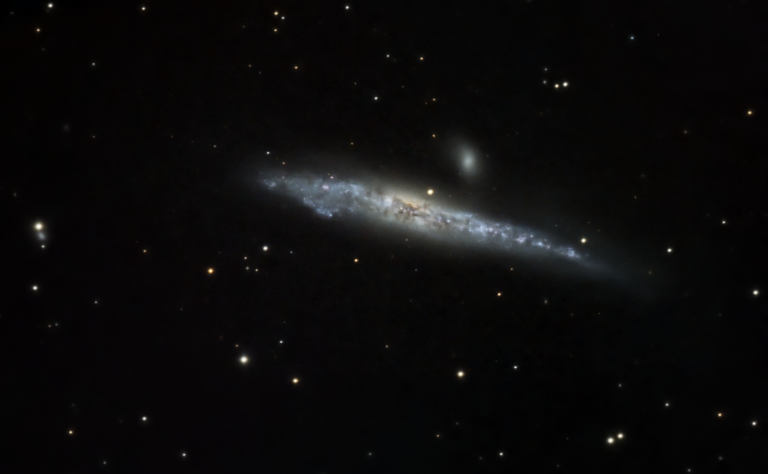
The Whale and the Hockey Stick
It’s not the title of a children’s story – it’s a pair of galaxies 30 million light-years away that look like, well, a whale and a hockey stick. Officially their names are NGC 4631 and NGC 4656.
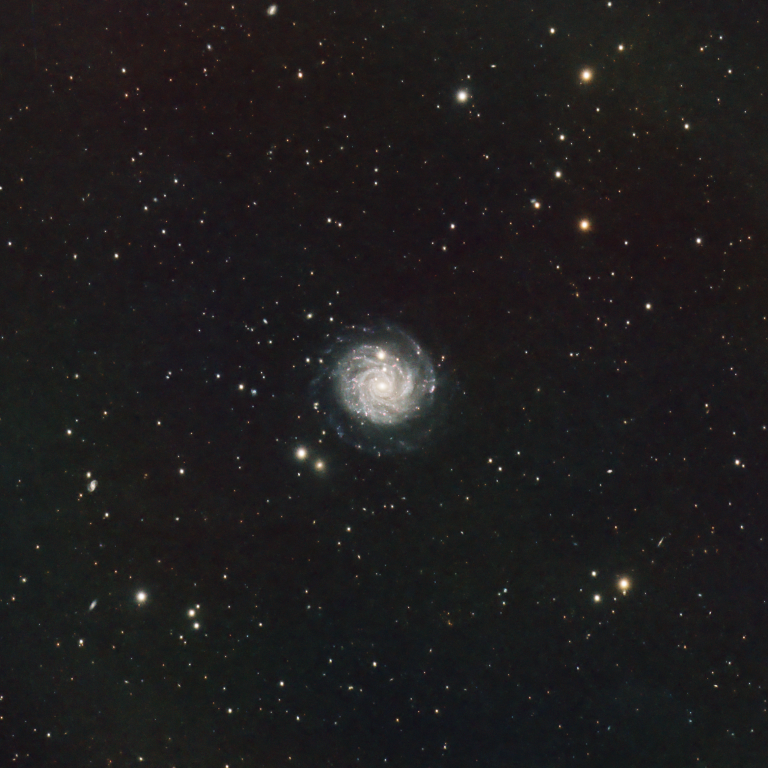
NGC 3344: Another obscure, isolated galaxy
Here’s another galaxy with no nearby neighbors, and no catchy nicknames either: NGC 3344. It’s about 22.5 million light-years away within the constellation Leo Minor. Although it doesn’t get the love it deserves, it’s a glorious face-on barred spiral galaxy that’s about half the size of our own Milky Way. Explore the space around it,…
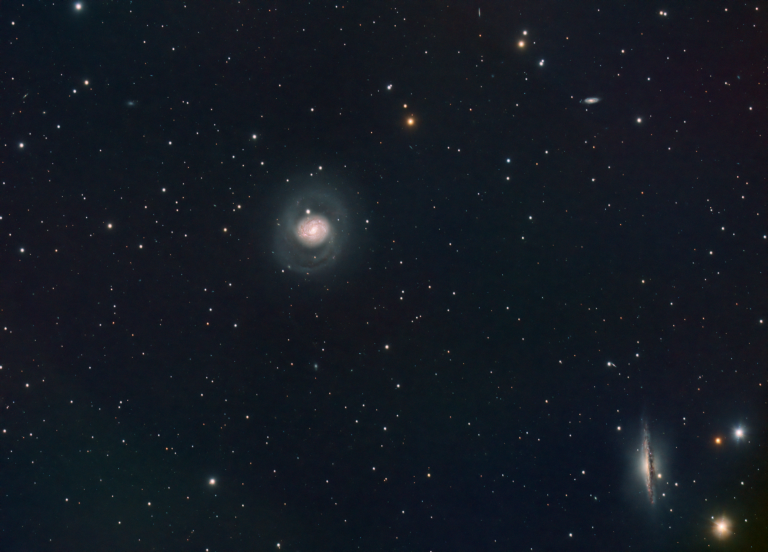
Staring Into the Void with M77
This was intended to just be an image of the galaxy M77 in Cetus, but quite a few other galactic photobombers showed up! The annotated image below guides you to the brighter galaxies in this image, but click on it to expand it, and you’ll find many other ones as well that are incomprehensibly distant.
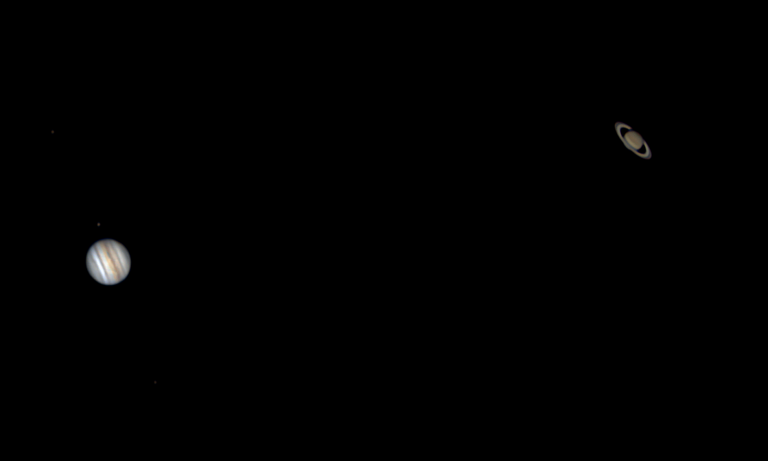
The “Christmas Star?” Not really.
On December 21, 2020, something really special happened in the sky: Jupiter and Saturn had an approach so close that it only happens every 800 years or so. They were so close in the sky that to the unaided eye, they looked like a single, bright star. This led many to proclaim it to be…
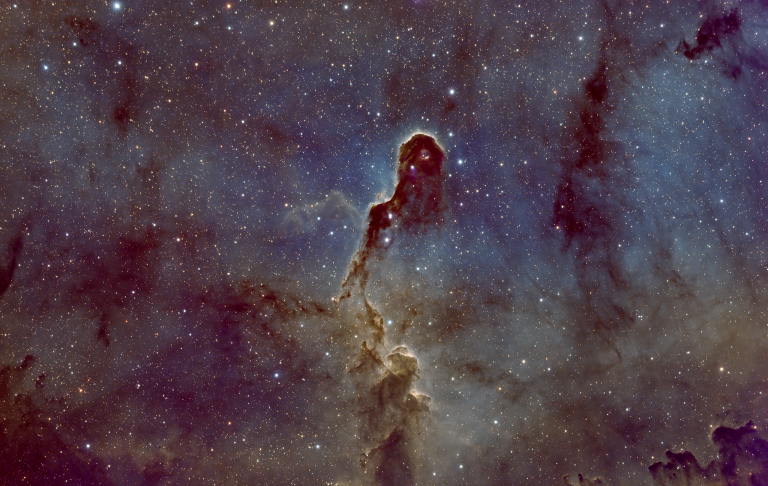
The Elephant’s Trunk
Located about 2,400 light-years away in the constellation Cepheus, the “Elephant’s Trunk Nebula” has a distinct “Pillars of Creation” vibe when viewed as a long-exposure, narrowband image in the style of Hubble. Like the “Pillars of Creation” (the Eagle Nebula,) the Elephant’s Trunk is also an area of star formation, containing some young, newly-formed stars….
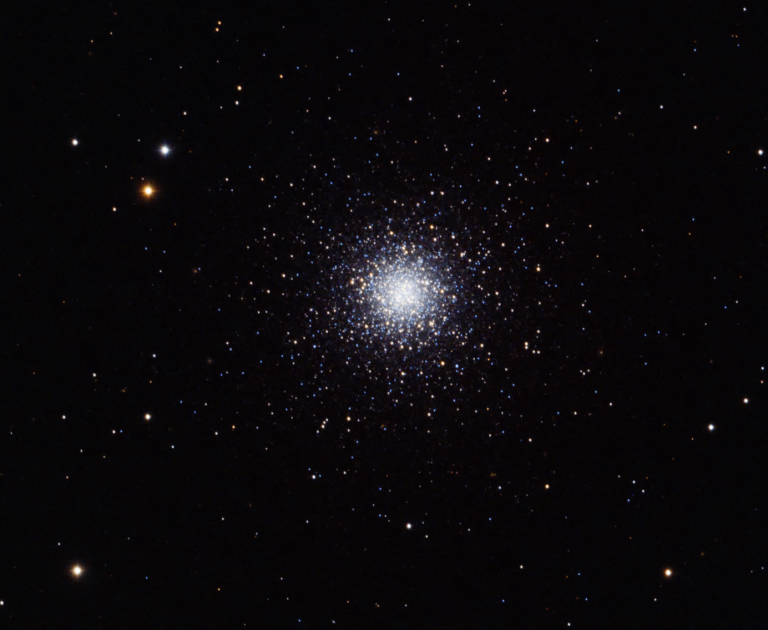
Another glob.
Here we have another globular cluster: M53. You don’t see this one imaged too often, but it’s still quite pretty. I’ve never met a globular cluster I didn’t like. It’s one of the more distant globular clusters in our galaxy, about 60,000 light-years away.

